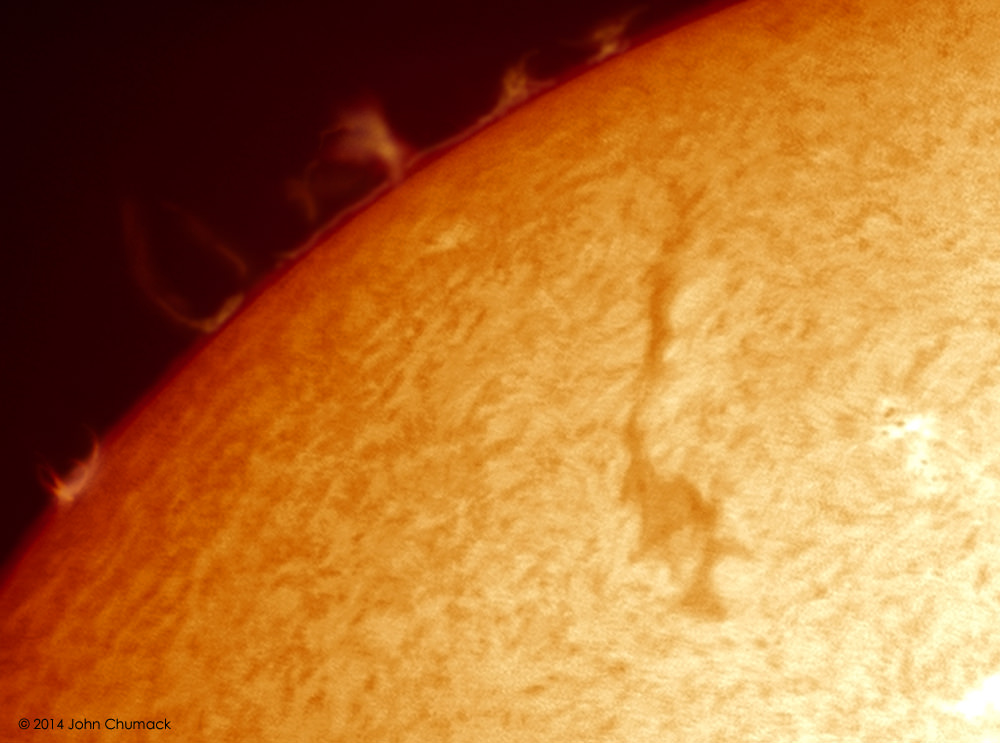This is a question we are often asked: what is the difference between a coronal mass ejection (CME) and a solar flare? We discussed it in a recent astrophoto post, but today NASA put out a video with amazing graphics that explains it — and visualizes it — extremely well.
“CMEs and solar flares are both explosions that occur on the Sun,” the folks at NASA’s Goddard Spaceflight Center’s Scientific Visualization Studio explain. “Sometimes they occur together, but they are not the same thing.”
CMEs are giant clouds of particles from the Sun hurled out into space, while flares are flashes of light — occurring in various wavelengths — on the Sun.
You can find even more details from NASA here.


Hi Nancy,
We’re still waiting to be able to read our comments. Hopefully soon?
NASA’s video about solar flares and coronal mass ejections was interesting. However, playing it for my 12 year old grandson I found I needed to interrupt it frequently so that he could absorb what they were trying to say. There wasn’t even time to read the captions. The video goes way, way too fast and, I am sorry to say, is all too typical of NASA’s “productions” – that is, lacking in one or more *major* ways and thus failing to carry the message efficiently or even well.
For instance: How much did they speed up the CME’s? Those things take much longer than they showed or indicated or even tried to convey. Why must this information go missing?
For instance: A college undergrad lecture on the subject would easily run a full hour. Why does NASA feel they have to compress that so much?
I’m sorry to spout here on *your* blog but this is something that has been bugging me for a long time.
I wonder how others feel about it.
Respectfully,
Pete
Retired engineer, scientist, and administrator.
Hey Pete… Indeed, the loss of the comments section is a bummer. I clicked on my profile and went into my Dashboard. Under the ‘comments’ section, you can still see posts made. The problem is, that they aren’t entirely connected to the content of the page.. dzzzzz. Hope they fix it…